
This section comprises taped interviews with artists, architects, musicians, critics and other creative practitioners, recorded in conversation with Video Data Bank staff, colleagues from the School of the Art Institute faculty, and others knowledgeable about the particular interviewees work.
The first interview dates from 1976, the year of VDB’s official inauguration, and VDB continues to add to the collection to this day, recording and producing approximately ten new interviews a year. Many of the interviewees are guests of SAIC departments, such as the Visiting Artists program or Conversations at the Edge screening series, or invitees of the Society for Contemporary Art. The VDB interviews supplement these visits, allowing for an in-depth conversation that underlines the development of an artist's practice.
Dan Sandin designed the Image Processor that, partly because of his decision to give away the building plans, has effected an energetic and aesthetic investigation of the technological structures of electronic media. He sees the Image Processor as both an event and an environment for artists to explore and experience. During the interview, Sandin spontaneously synthesizes his own image.
Interview by John Manning. Shot by Christine DeLignieres.
A historical interview originally recorded in 1980.
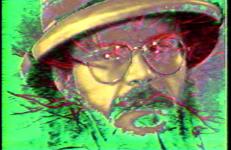
This interview depicts American writer, activist, and AIDS historian Sarah Schulman (b. 1958), discussing becoming a writer, her novels, and her long-term collaboration with filmmaker James Hubbard on projects devoted to gay liberation and AIDS activism. Born in New York to a Holocaust-surviving family, Schulman grew up in an era where women were not considered important.
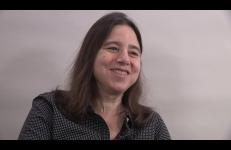
Richard Schechner is Professor of Performance Studies at New York University, author of numerous books including Performance Theory (1988) and The Future of Ritual (1993), and editor of The Drama Review. This interview with Nancy Forest Brown was conducted during an event at the School of the Art Institute of Chicago.
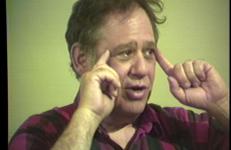
In this interview, Indian artist Shuddhabrata Sengupta (b. 1968) discusses his role in the initiation of the Raqs Media Collective, a Delhi-based artist collective, active since the 1990s. At the time of this interview, Raqs had been creating documentaries, art installations, and educational programs for eighteen years. Sengupta likens the driving force of Raqs to that of a game of catch, a process generated by a back-and-forth dialogue mobilized through writing and in-person meetings. As children of the late sixties, Sengupta explains how and why the members of Raqs, (himself, Jeebesh Bagchi and Monica Narula) share an interest in investigating mass communication, technologies of visibility, and the significance of memory and travel. It is also for this reason, Sengjupta explains, that the Collective’s work is committed to fostering rigorous research in addition to art-making endeavors.
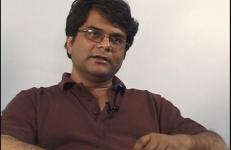
John Smith, throughout his 40-year career, has approached the moving image from film, video and installations, generating a tremendous body of work that’s as diverse in its topics as it is in its methods. Weaving between early structuralist film and more personal, diaristic, documentary approaches to the places in which he lived, most notably London, his output is both broad and varied.
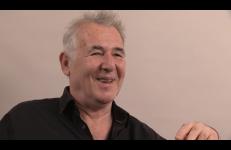
Bob Snyder is a Chicago-based composer, video artist, and author who has been experimenting with sound and video synthesis since the 1960s. As a musician, his interest has always been in the relationship between music and visual imagery. In Snyder’s work, music is the central generative source of meaning, although he also creates a dialogue between the sound and images of nature and architecture.
Interview by Rafael Franca.
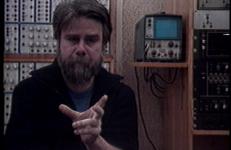
Art Spiegelman was born and raised in New York, and began working as a cartoonist while still in High School. He attended the State University of New York in Binghamton, where he studied Philosophy. Spiegelman, who continued to work as a cartoonist, mainly in underground publications, throughout his schooling, has long been acknowledged as one of our era's foremost comic book artists. However, it was Maus, published in two volumes in 1986, that first brought his work to a mass audience. Maus tells the stories of a Jewish survivor of Nazi Germany and his son.
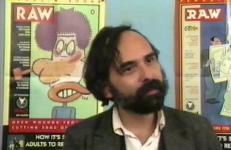
Pat Steir is an American painter and printmaker whose work has resisted artworld currents and factions for decades, while expanding its reach and maintaining enthusiastic critical support. She graduated from Pratt in 1962, and in 1964 was included in the show Drawing at the Museum of Modern Art in New York and had her first solo exhibition at the Terry Dintenfass Gallery, New York.
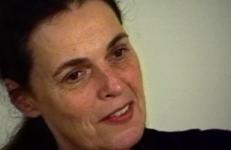
John Tagg is a writer, educator, and a leading contributor to the development of art-historical and photographic theory, focusing on political analysis of institutionalized culture and interventions within it. He is a professor of art history at State University of New York-Binghamton and author of Grounds of Dispute: Art History, Cultural Politics and the Discursive Field (1992) and The Burden of Representation: Essays on Photographies and Histories (1988). Interview by James Hugunin.
A historical interview originally recorded in 1988.
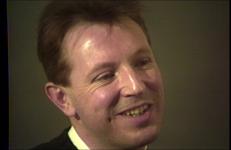
Kidlat Tahimik is a Filipino filmmaker, writer and actor who takes his name from the Tagalog translation of “silent lightning.” Known as the “Father of Philippine Independent Cinema,” his contemplative films are associated with the Third Cinema movement for their examination of neocolonialism and the Hollywood business-model of filmmaking.
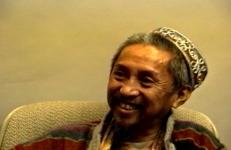
Parry Teasdale is one of the founding members of the video art collective Videofreex, which was active in the 1960s and 70s. In this extensive two-part interview Teasdale explores the collective’s motivations and endeavors, which embodied the social and political concerns of the period.
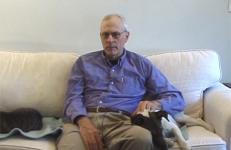
At the age of twenty-four, Taiwanese artist Tehching Hsieh (b.1950), moved to New York, where he has created and documented time-specific, conceptual art performances since the 1970s. In this interview, Hsieh discusses his formative years and philosophical moorings. This dialogue includes description of the artist’s early period of painting, his military service in Taiwan, and the cultural atmosphere of a country then undergoing massive political change. Much of the discussion focuses specifically on Hsieh’s understanding of the relationship of art and life, his investment in “free thinking,” and the politics of documentation. For Hsieh, the ability to think freely is art’s bottom line—he believes the essence of his work lies in human communication. To this end, Hsieh insists that his work, though incredibly personal, is not autobiographical, but philosophical.
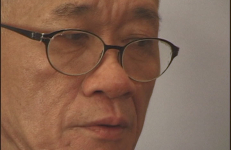
VDB is proud to present Linda Montano's The Death Tapes. Originally trained as a sculptor, Linda Montano began using video in the 1970s. She is a seminal figure in contemporary feminist performance art and her work has been critical in the development of video by, for, and about women. Attempting to obliterate the distinction between art and life, Montano's artwork is starkly autobiographical and often concerned with personal and spiritual discipline.

Rirkrit Tiravanija’s work explores the social role of the artist, and that role’s ability to create interactive spaces for people to come together. Focusing less on the construction of discrete objects, he maintains a practice predicated on diffuse forms of installation that facilitate the activities like cooking, reading, and general collectivity. The particularly conceptual nature of his work is a central theme in this interview. While in art school, a teacher Tiravanija greatly admired told him to “stop making art” and this was something he took very seriously.

Danny Tisdale is a performance artist from New York City. His performances challenge prevailing ideas of race, assimilation, appropriation and success by offering passers-by the chance to racially change their appearance as a means to achieve greater financial success. The mimicry of museological practices of cataloguing and preservation, display and presentation provides one of a range of rhetorical frameworks upon which Danny Tisdale hangs his practice of social critique.




